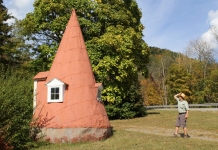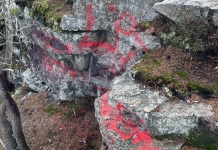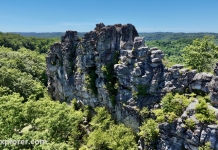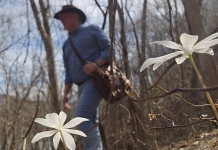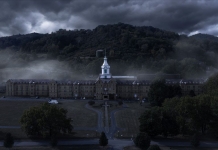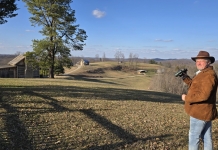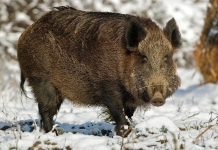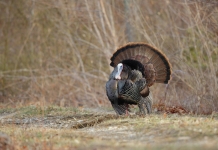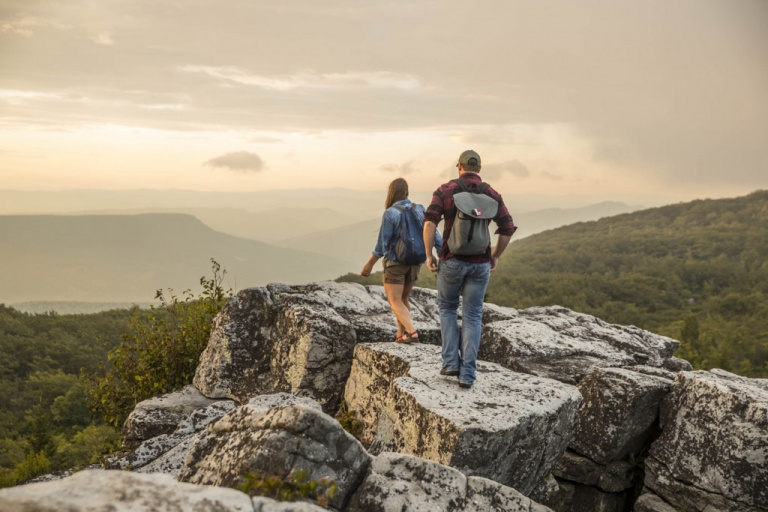
DAVIS, W.Va.—The Dolly Sods Wilderness is part of the Monongahela National Forest in the Allegheny Mountains. It is arguably one of the most remarkable natural regions in West Virginia, if not the entire East Coast.
To get a sense of why that is, travelers need to understand what this federally managed land is—a nearly 17,500-acre swath of natural beauty with an ecosystem resembling the rugged and bosky stretches of northern Canada.
It is an outdoorsman's paradise, with enough sporty and nature-loving entertainment—big and small game hunting, and snowshoeing—to keep travelers busy exploring for years.
The name "Dolly Sods" derives from the surname of an 18th-century family of German homesteaders, the Dahles. The "sods" part is local vernacular, meaning a wide open, mountain top meadow. West Virginia’s Grant, Randolph, and Tucker counties are the boundaries of this wilderness reserve.
People visit and study the area because of its wonderfully peculiar geography. Drainage from the Red Creek creates high-altitude bogs, mountaintop meadows are littered with enormous mossy boulders, and nearly 47 miles of breathtaking trails score this impressive landscape.
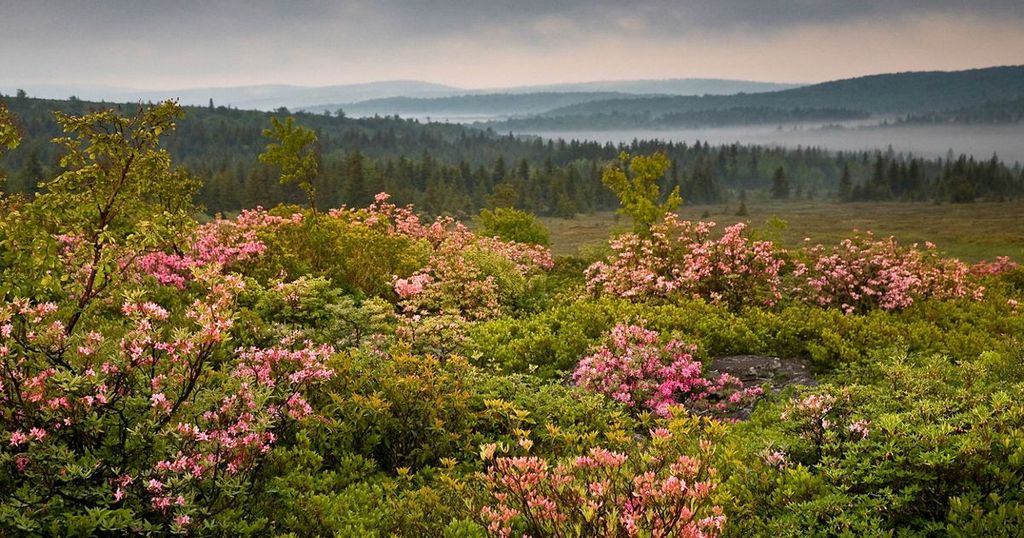
The entirety of the sods is part of the National Wilderness Preservation System, a protectorate of federally managed woodland that preserves an area’s natural conditions. For the Dolly Sods, that means caring for the forest’s strangely stunted red spruces, its cranberry bogs, and huckleberry-populated plains, ready for picking in July. Visitors in May and June will be struck by the brilliant sprays of pink and white flowers on old growth laurel, rhododendron, and azaleas.
Winter has its own mystique, and snowfall is a regular occurrence here between October and April, with some (be advised) forest roads closed from January through April, especially Forest Roads 19 and 75.
There are many natural attractions, trails, and landmarks to seek out. Lion’s Head Rock, for instance, is hugely popular for its sandstone and conglomerate rocky bluff overlooking vast tracks of the eastern edge of the sods. Another popular spot is Bear Rocks, which peers out across the North Fork Mountain range and valley of the North Fork of the South Branch of the Potomac River.
The history of the Sods is checkered with harrowing tales of the logging era and World War II activity. The Dolly Sods of today are populated with second-growth forests, meaning that most of the original trees—spectacularly huge spruce, hemlock, and black cherry—were logged and the lands replanted over time. One motivation for the creation of the surrounding Monongahela National Forest was to ensure that the devastation from clear-cut logging would never happen to the Sods again.
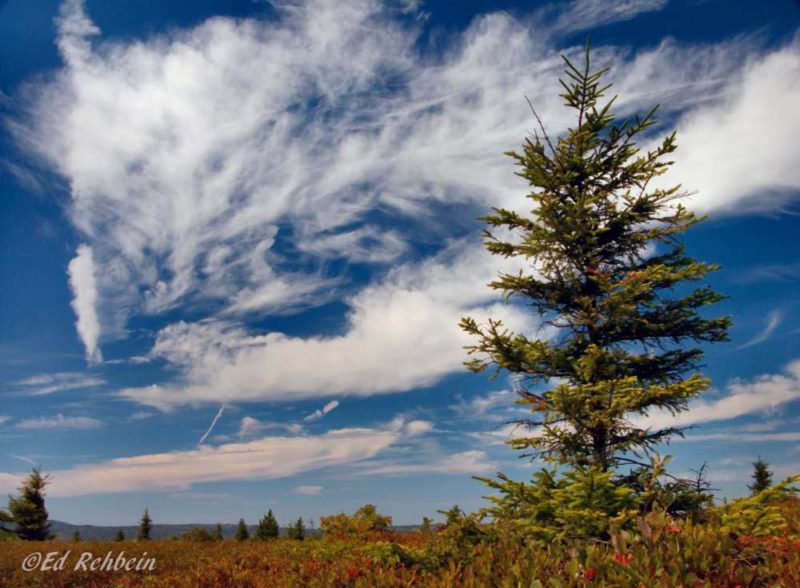
During World War II, the U.S. Army utilized the Sods for artillery and mortar ranges, leaving countless shells—some unexploded—throughout the area. To this day, it is recommended not to dig anywhere in the wilderness area to avoid possible contact with live mortar shells.
A 1997 survey of the area and its trails uncovered and detonated shells from war period training, and in general, the Sods have been extensively cleaned and are very safe to traverse.
Travelers from surrounding states are discovering the Dolly Sods, not just for their immense beauty but because they are easily accessible in under a half day’s drive. Pittsburgh and Washington, D.C., are a 3.5-hour drive, and New York City is just over seven.
You can camp here (fs.usda.gov is an excellent resource for current conditions and rules and restrictions throughout the Sods), and there is a scattering of little towns with accommodation to the west of the Sods, near Gladwin, Cortland, and Douglas.
For those who prefer the comforts of home and a little nightlife, consider a detour and stay in the towns of Thomas or Davis—quintessential main street West Virginia towns that have caught the attention of young creatives who have moved here to invigorate the area.
Davis sits in the Canaan Valley and is home to The Billy Motel near the entrance of Blackwater Falls State Park. The vibe is very 1950s-motel chic, serving ‘international’ cuisine and fancy cocktails in their mid-century lounge. It’s a pleasant surprise, especially for those that can’t leave the city at home.
Sign up for a FREE copy of West Virginia Explorer Magazine in your weekly email. Sign me up!






